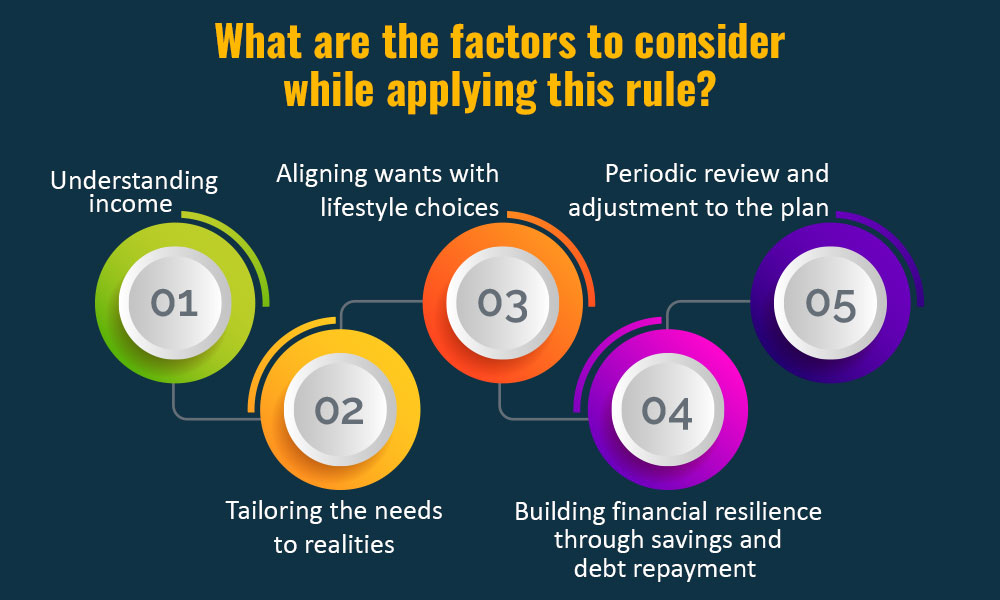Did you know that most Americans live paycheck to paycheck, with financial stress at an all-time high? Over 55% of people report facing financial challenges in the past year. Managing personal finances can seem overwhelming, but it doesn’t have to be. The 75/15/10 rule is a strategy anyone can try, whether you’re new to budgeting or looking to improve your financial habits.
The 75/15/10 rule is a straightforward approach that even financial experts like Jaspreet Singh recommend as a path to financial success. This method helps you allocate your income wisely across expenses, savings, and investments, paving the way for a more secure and stress-free financial future. Let’s explore how this simple rule can transform your approach to money management.
What Is the 75/15/10 Rule and How Does It Work?
The 75/15/10 rule is an easy-to-follow budgeting method: allocate 75% of your income to daily living expenses, 15% to investments, and 10% to savings. This creates a balanced and practical plan for your money.
75% to Daily Living The majority of your income, 75%, should go towards daily living expenses. This includes rent, groceries, utilities, transportation, and other regular costs.
15% Invested for Future Growth: Set aside 15% of your income for investments like stocks, real estate, or retirement accounts. This portion of your budget is dedicated to growing your wealth over time.
10% Saved for Emergencies Finally, allocate 10% of your income to savings for emergencies. Building an emergency fund that covers around six months of living expenses provides financial security in case of unexpected events.
How the 75/15/10 Rule Fits Into Your Life
The 75/15/10 rule is flexible and can work for various financial situations. If your income fluctuates or if you live in a high-cost area, you can adjust the percentages to fit your needs. For instance, if you have months with higher earnings, you might save or invest more.

Conversely, if your living costs are high, you might tweak the percentages. The main idea is to use the 75/15/10 rule as a starting point and adjust it as needed to match your financial picture.
The 75/15/10 Rule: A Step-by-Step Guide to Getting Started
- Know Your Income and Expenses: Start by understanding your monthly take-home pay and current spending habits.
- Adjust Your Spending: Compare your expenses to the 75% guideline. Identify areas to cut back if needed.
- Explore Investment Options: If you’re new to investing, start small and learn about different investment types that match your risk tolerance and interests.
- Build an Emergency Fund: Aim to save up to six months’ worth of living expenses, starting with a manageable amount.
- Be Flexible with Changes: Adjust your budget as your life circumstances change to meet your financial needs.
75/15/10 Rule Strategies for Tight Budgets
Following the 75/15/10 rule on a tight budget can be challenging but achievable with the right strategies. Here are some practical tips:
- Track Every Expense: Use budgeting apps or spreadsheets to monitor your spending and identify areas for savings.
- Prioritize Essential Expenses: Focus on necessities like housing, utilities, groceries, and transportation.
- Cut Unnecessary Costs: Eliminate or reduce non-essential expenses, such as subscriptions or dining out.
- Shop Smart: Use coupons, buy in bulk, and choose generic brands to save on groceries and household items.
- Increase Income Sources: Consider part-time jobs, freelance work, or side hustles to boost your income.
- Automate Saving: Set up automatic transfers to your savings account, even if it’s a small amount.
- Focus on Low-Cost Investments: Start with low-cost index funds or micro-investing apps to develop the habit of investing.
- Utilize Community Resources: Take advantage of food banks, utility assistance programs, and free financial counseling services.
- Pay Down High-Interest Debt: Prioritize paying off high-interest debts to avoid interest charges eating into your budget.
- Educate Yourself Financially: Read books, follow financial blogs, and watch educational videos to learn more about budgeting, saving, and investing.
- Be Patient and Persistent: Financial management is a journey. Celebrate small victories and stay committed to your goals.
Are There Any Downsides to the 75/15/10 Rule?
While the 75/15/10 rule offers a straightforward framework, it may not be flexible enough for those with variable incomes or living in high-cost areas. It might oversimplify financial planning for those with complex financial situations, such as significant debt.
For example, someone with substantial debt might find the 10% savings guideline insufficient for both building an emergency fund and aggressively paying down debt. Additionally, the 75% allocated for daily expenses might not cover basic needs in high-cost areas, forcing individuals to dip into savings or investment funds.
Read More: Breaking News: 6 Major Changes Coming to Your Tax Return in 2025 If Trump Is Reelected!
Final Take
The 75/15/10 rule is more than a budgeting method—it’s a way to manage your money wisely. This plan is flexible, so you can adjust it to fit your financial situation. Whether you need to adjust for high living costs or save more for unexpected expenses, this rule can guide you.
To get started, examine your current spending closely and see how it aligns with the 75/15/10 rule. Revise as needed and take the first step towards better money management. It’s all about making the rule work for you and your financial goals.



